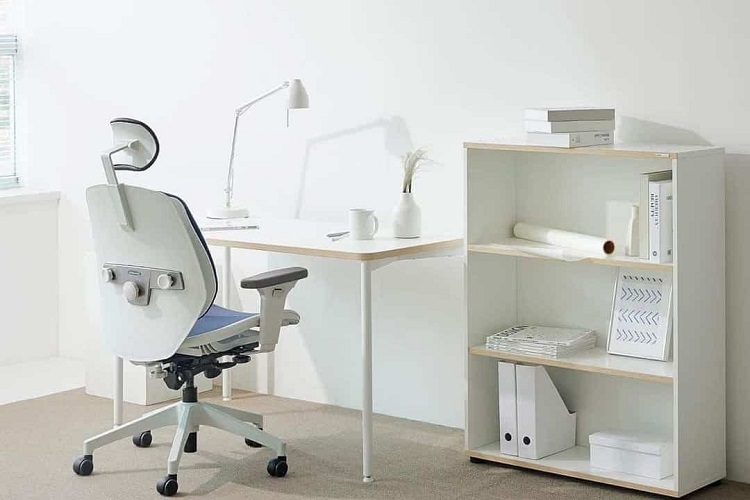In our increasingly sedentary work environments, the importance of choosing the right office chair cannot be overstated. A good office chair is crucial for supporting your posture, reducing discomfort, and enhancing productivity throughout the day. With so many options available, understanding ergonomics is key to selecting a chair that meets your specific needs. This guide will explore the essential features of ergonomic office chairs and provide practical tips for finding the best one for you.
Table of Contents
Understanding Ergonomics
Ergonomics is the science of designing workspaces to optimize human well-being and overall system performance. In the context of office chairs, ergonomics focuses on creating furniture that supports the natural curves of the body, minimizes strain, and promotes healthy posture. An ergonomic chair is designed to accommodate the user’s body and work habits, helping to prevent discomfort and long-term health issues.
Key Features of Ergonomic Office Chairs
When selecting an ergonomic office chair, consider the following essential features:
- Adjustable Seat Height: The height of the chair should be adjustable so that your feet can rest flat on the floor, with your knees at or just below hip level. This alignment promotes better posture and reduces pressure on your thighs.
- Lumbar Support: Proper lower back support is critical for maintaining a healthy spine. Look for chairs with built-in lumbar support that can be adjusted to fit the natural curve of your lower back. This feature helps to prevent slouching and discomfort.
- Seat Depth and Width: The seat should be deep and wide enough to support your hips comfortably. A good rule of thumb is to ensure there is about two to four inches of space between the back of your knees and the edge of the seat.
- Backrest: The backrest should be adjustable in both height and angle to provide adequate support. A chair that encourages a slight recline can help reduce pressure on the spine and promote relaxation.
- Armrests: Adjustable armrests can relieve strain on your shoulders and neck. They should allow your arms to rest comfortably, with your elbows at about a 90-degree angle. Look for armrests that can be raised, lowered, or moved forward and backward.
- Material and Padding: The chair’s upholstery should be breathable and comfortable. Look for high-quality padding that provides support without being too soft or too firm. Mesh chairs, for example, offer good ventilation and conform to the body.
- Mobility: A chair with wheels and a swivel base allows for easy movement around your workspace. This feature enables you to reach different areas of your desk without straining or twisting your body.
- Stability: A sturdy base is essential for safety. Choose a chair with a five-point base to prevent tipping and provide stability, especially when adjusting heights.
Steps to Find the Right Chair
- Assess Your Needs: Consider how many hours you spend sitting and the type of work you do. If you’re in meetings frequently, look for a chair that’s comfortable for long periods. If you do collaborative work, consider mobility and flexibility.
- Try Before You Buy: If possible, test out different chairs in-store. Pay attention to how the chair feels during prolonged sitting and whether you can easily adjust its features.
- Check Reviews and Recommendations: Research chairs that fit your criteria and read user reviews. Insights from others can help you gauge the performance and durability of specific models.
- Consider Your Workspace: Ensure the chair fits well within your existing setup. Measure your desk height and available space to find a chair that complements your workspace without crowding it.
- Budget Wisely: While ergonomic chairs can range widely in price, consider it an investment in your health and comfort. Spending a bit more on a quality chair can pay off in increased productivity and reduced discomfort.
Conclusion
Selecting the right ergonomic office chair is essential for creating a comfortable and productive workspace. By understanding the key features that contribute to ergonomic design—such as adjustability, lumbar support, and material—you can find a chair that meets your unique needs. Prioritize your health and well-being by investing in a chair that supports good posture and promotes comfort throughout your workday. With the right ergonomic chair, you can enhance your work experience, reduce discomfort, and stay focused on what matters most.









